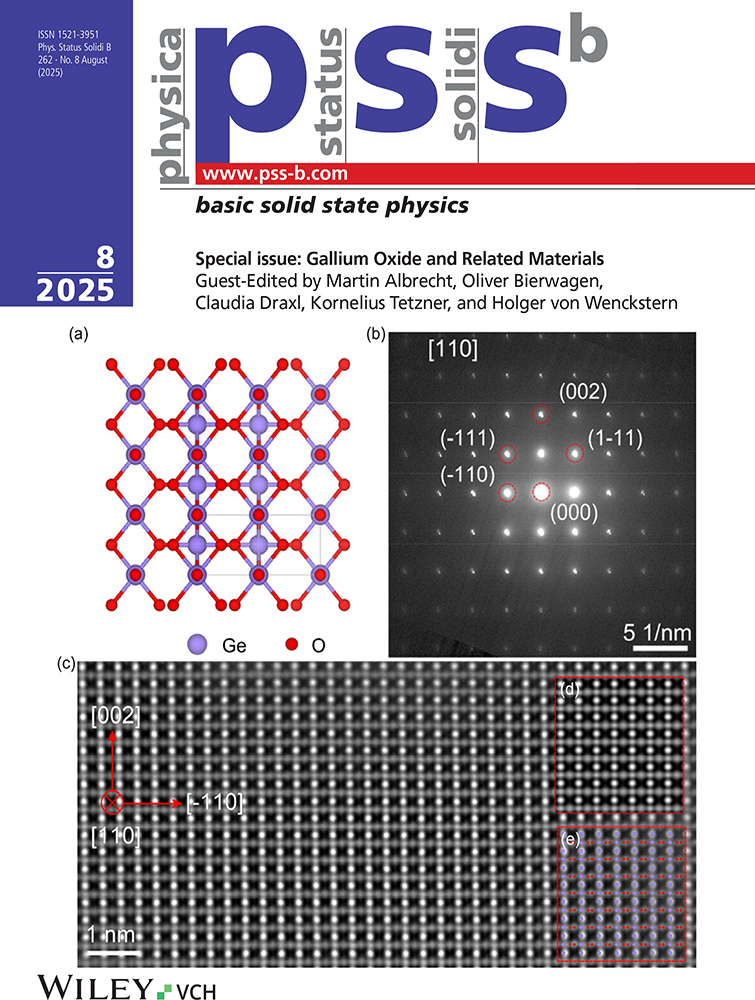Recombination Dynamics of Localized Excitons in Cubic Phase InxGa1—xN/GaN Multiple Quantum Wells on 3C-SiC/Si (001)
Abstract
Recombination dynamics of localized excitons in strained cubic (c-)InxGa1—xN/c-GaN multiple quantum wells (MQWs) were studied. In contrast to hexagonal (h-)InGaN quantum wells (QWs), low-excitation photoluminescence (PL) peak energy increased moderately with decreasing well thickness L and the PL decay time did not depend on L. The results indicated that piezoelectric field had negligible influence on the transition processes. The time-resolved photoluminescence (TRPL) signal showed a stretched exponential decay up to 300 K, showing that the spontaneous emission is due to the radiative recombination of excitons localized in disordered quantum nanostructures even at 300 K. Decrease in internal quantum efficiency (η), which is related to the increase in quasi-radiative lifetime, with the increase in temperature was explained to be due to reduced localization rate.




